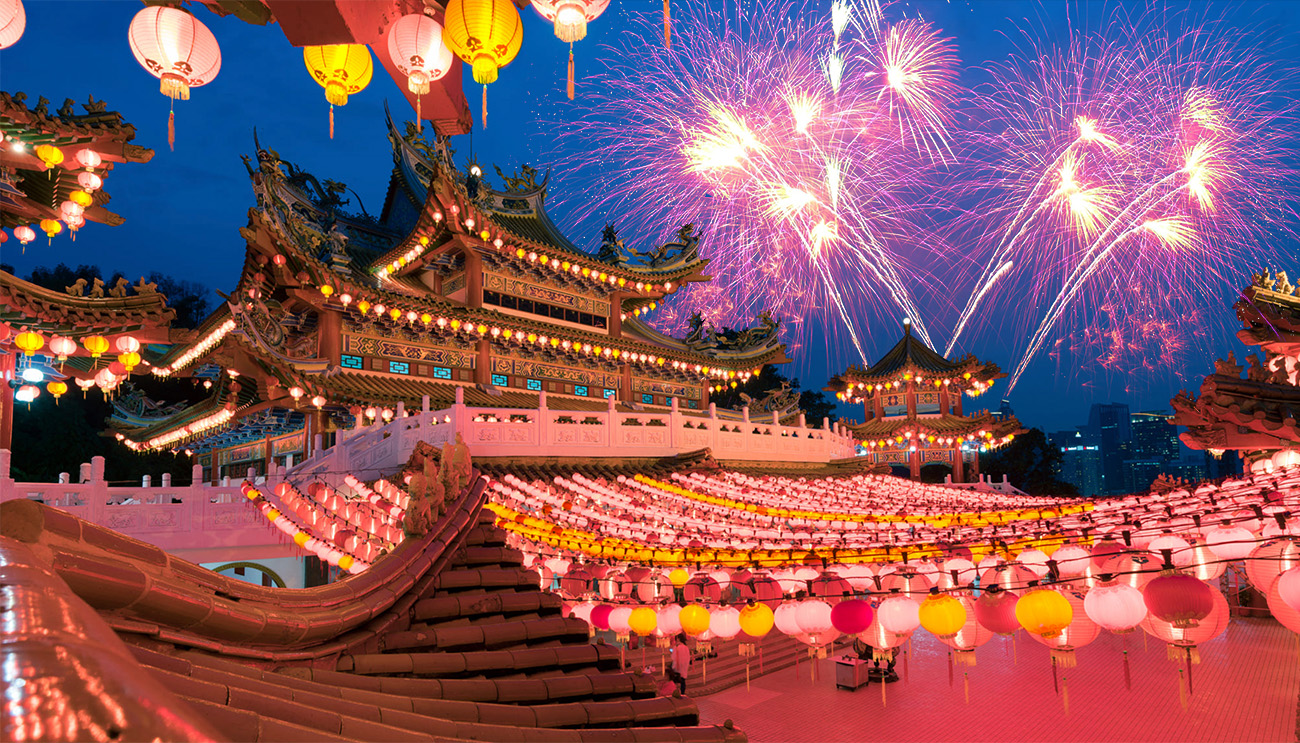The Lunar New Year “Seollal” (설날) is one of the most important traditional holidays in South Korea, and the beginning of the Lunar New Year varies every year depending on the cycles of the moon’s phases. This year, the celebrations will start on February 1st, 2022 and its holiday will be three days; the day before the actual Lunar New Year’s Day, the day itself and the day after.
South Koreans follow the zodiac like the twelve animals of the Chinese zodiac, which repeat every 12 years in sequential order “Rat, Ox, Tiger, Rabbit, Dragon, Snake, Horse, Sheep, Monkey, Rooster, Dog and Pig”, and each year takes a different animal as its symbol. 2022 is the year of the “Tiger”, and it is the year of people born in: “1950, 1962, 1974, 1986, 1998, 2010 and 2022”.
The Korean Lunar New Year “Seollal” is considered a family holiday where Koreans visit their hometown to spend quality time with their families and friends and exchange gifts. This holiday is a good opportunity to enjoy cultural and traditional experiences, recreational and popular games, and many celebrations and performances are held. However, the situation that the country and the whole world witnessed due to the outbreak of the Coronavirus (Covid-19) pandemic made the celebrations take a different path. In light of the precautionary measures, some places may be closed to prevent the spread of the virus, and limited travel is recommended.
As for the preparations before the Seollal holiday:-
People make travel arrangements to visit their hometown by booking bus, train or plane tickets before they run out. Koreans travel not only within the country but also around the world.
Koreans are busy with preparations for this holiday; food is prepared in advance and people start buying and wrapping gifts for their parents and relatives. Gifts vary from person to person, but the most common are: “money, ginseng, honey, traditional sweets, dried or fresh seafood, Korean beef and fruits, Health products, massage chairs, etc.
On the first morning of Seollal, many Koreans wear traditional Korean clothes, Hanbok, and family members first visit the elderly, including grandparents and parents. Rituals are held to express respect and gratitude to their ancestors. Traditional foods are placed on the table, and the ritual begins with the bowing of all family members.
After completing the ancestral memorial rites, the little ones bow to the elders, the children receive the New Year’s cash, and the elders of the family wish blessings and a prosperous year.
Then the family eats different types of food. The main dish for the day is one of the original Korean dishes and is traditionally eaten in the new year, “Tteokguk” (떡국) rice cake soup. The clear broth and white rice cakes in Korea are believed to symbolize the beginning of the year with a clean mind and body.
According to the Korean age estimate, the Korean New Year is like a birthday and eating this soup is part of the celebration. Once you finish eating “Tteokguk“, you become one year older.
In addition to “Jeon” (전), which are delicious Korean pancakes made from different ingredients such as zucchini, meat, kimchi, mushrooms, green onions, shrimp and fish. Jeon can be eaten at any time but is eaten especially on the day of “Korean New Year and Chuseok”.
This holiday is also associated with traditional games, the most famous is the traditional family game “Yut nori”, which is played using a set of specially designed sticks and is suitable for all ages.
These traditional holidays are what distinguishes South Korea from the rest of the countries because they are special occasions for family members, and everyone must adhere to and respect these customs, which makes us pay respect to this country and love its unique culture.
If you want to experience this wonderful traditional holiday “Seollal”, make sure to visit South Korea next year.
Aya Medhat is a Korean Culture Promotion Ambassador at The Embassy of the Republic of Korea.




